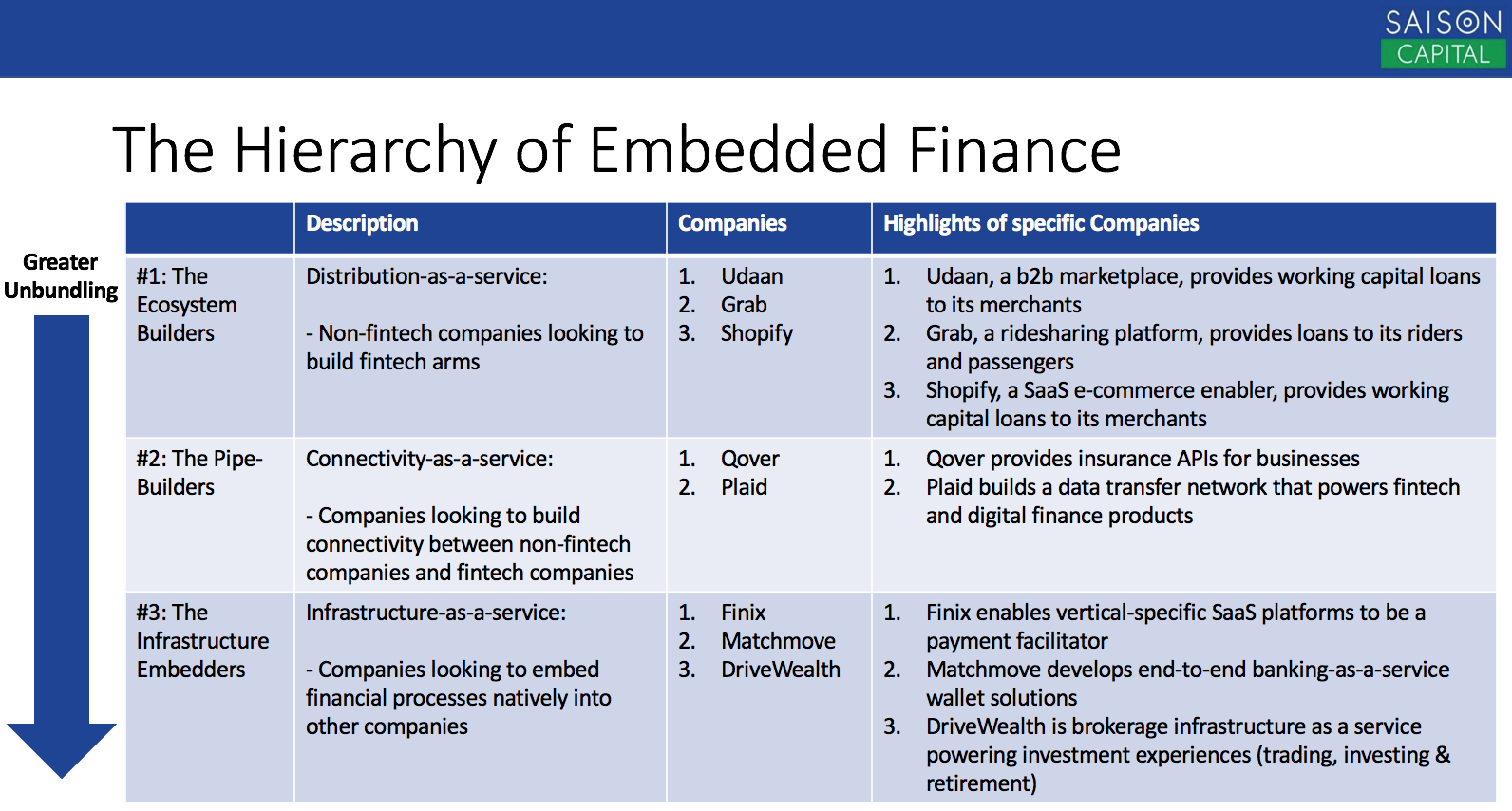What is Embedded Finance, in a Nutshell?
Imagine ordering groceries online and paying for them seamlessly without ever leaving the app. Or booking a flight and getting instant travel insurance through the same platform. That’s embedded finance in action. It’s the integration of financial services directly into non-financial platforms. Instead of directing users to a separate bank or insurance website, these services are built right into the user experience of apps and websites they already use daily. This creates a much smoother and more convenient experience for the customer.
Examples of Embedded Finance in Action
The applications are surprisingly diverse. Think about ride-sharing apps offering payment options and ride insurance. E-commerce platforms providing buy-now-pay-later options at checkout. Even social media platforms are exploring embedding financial tools like peer-to-peer payments or investment options. Essentially, any app or platform that interacts with money can potentially benefit from embedding finance. The key is seamless integration and a frictionless user experience.

Why is Embedded Finance Gaining Popularity?
Several factors are driving the rise of embedded finance. Firstly, consumer demand for convenience is skyrocketing. People expect services to be readily available and integrated into their daily digital lives. Secondly, the technological advancements allowing for secure and easy integration of financial services are finally maturing. Thirdly, the regulatory landscape is gradually adapting to support this innovation, although challenges remain in certain areas. Finally, the potential for increased revenue and customer engagement for businesses integrating these services is a powerful motivator.
Benefits for Businesses Implementing Embedded Finance
For businesses, the advantages are substantial. Increased customer engagement and loyalty are key benefits. By offering convenient financial services directly within their platform, businesses can retain customers and encourage repeat usage. This also leads to higher conversion rates and increased average transaction value. Moreover, offering a wider range of services provides businesses with new revenue streams and the potential to increase profitability. Data gathered from these integrated financial services can also offer invaluable insights into customer behavior and preferences, which can inform strategic decision-making.
Benefits for Consumers Using Embedded Finance
Consumers benefit from unparalleled convenience. Accessing financial services within their favorite apps saves time and effort. It also reduces the hassle of switching between multiple platforms. Moreover, embedded finance often offers personalized financial solutions tailored to individual needs and preferences, based on the data the platform already holds about the consumer. This personalized approach can result in better financial products and more suitable offers. The streamlined process reduces complexity and often makes managing finances simpler and more efficient.
The Technological Backbone of Embedded Finance
Robust Application Programming Interfaces (APIs) are fundamental to embedded finance. These APIs allow different systems to communicate and exchange data seamlessly. Secure data encryption and adherence to strict data privacy regulations are crucial for ensuring the safety and security of financial transactions. The development and maintenance of these systems require specialized expertise in both software engineering and financial technology. The future of embedded finance depends on the continued development of secure and reliable APIs and improved regulatory clarity.
Challenges and Risks Associated with Embedded Finance
Despite its advantages, embedded finance presents several challenges. Regulatory compliance across different jurisdictions can be complex and vary significantly. Data security and privacy are paramount concerns. Any breach of security could have severe consequences. Ensuring the security of transactions and the protection of user data is crucial. Furthermore, competition is intensifying as more businesses embrace embedded finance, requiring companies to differentiate their offerings and provide exceptional customer service to stand out.
The Future of Embedded Finance
The future of embedded finance looks bright. We can expect further integration of financial services into diverse platforms and more personalized financial experiences for consumers. The development of innovative financial products tailored to specific user needs within the context of the platform will be a key trend. As technology continues to evolve, we can anticipate even more seamless and secure integration of financial services into the everyday digital lives of consumers and businesses alike. Learn more about the definition of embedded finance here: [embedded finance definition](https://thejuon.com)

